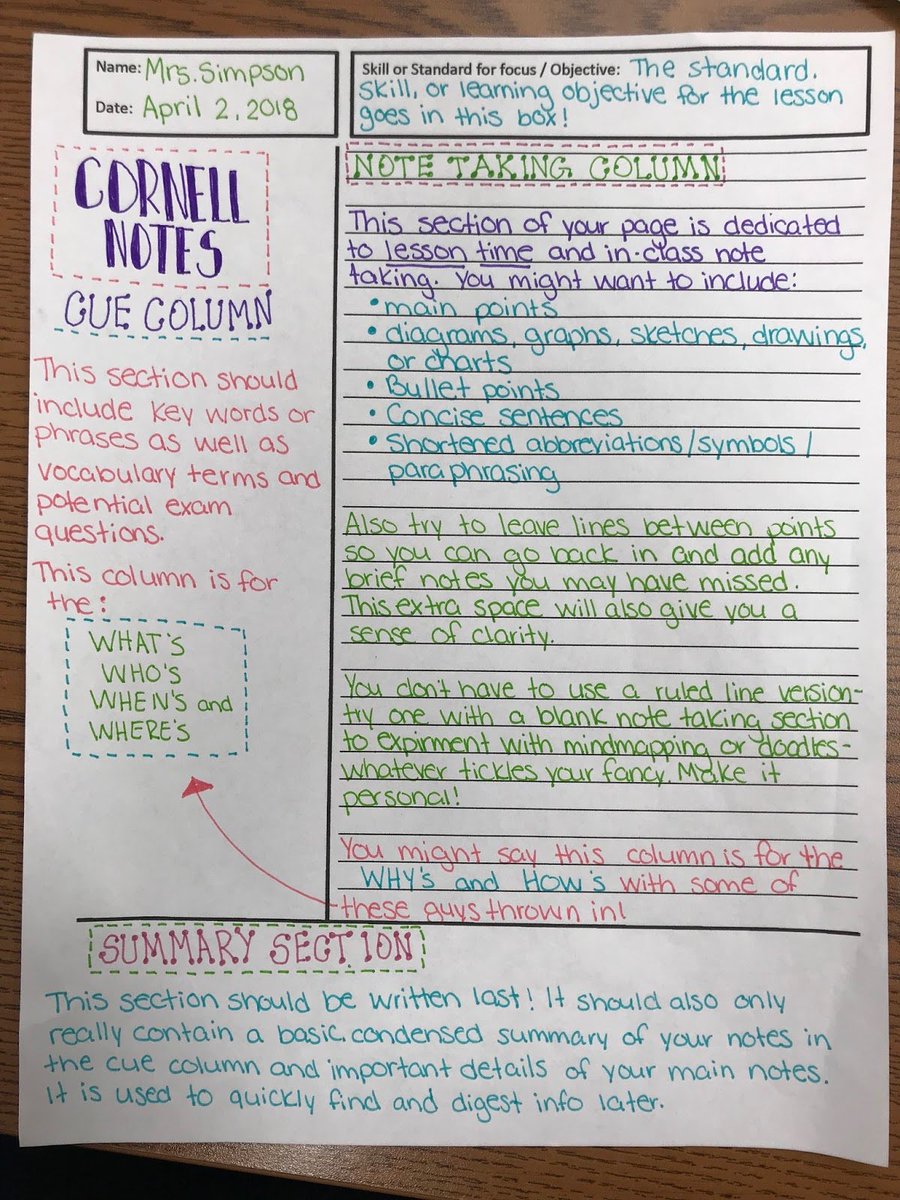
1/ This is a good article from @davewiner, let us call him one of the founding fathers of modern outliners. He has been outlining for decades, this means he has gained insight into them in the school of "experience". Worth reading and pondering his ideas.
https://twitter.com/davewiner/status/1396823594999717893
2/ He released ThinkTank in 1983. Ran with the ad: "See what you think." Made for people.... interested in tools that could make their thinking more powerful, as a spreadsheet. Does it look & sound familiar? Yep, outliners have been around a long-time. 





3/ the new generation of TfT tools has inspired him to stay committed. I am happy to hear that. Happy to hear Dave will continue to blog and talk about outliners as a tool for thinkers. Interestingly he mentions:
4/ quoting Dave: "What I've decided so far is that I am going to continue to develop Drummer (outliner with a server), and I'm going to push in every way for zero lock-in, user choice everywhere, and clean simple and extensible APIs for each of the components"
5/ He states "I create it (this software) for myself because this is how I think, it's why I knew to develop this stuff in the first place."
It is an important key to best tools, the dev is a user of his own tools & loves them. Dave's work influenced me years ago & thus Roam42
It is an important key to best tools, the dev is a user of his own tools & loves them. Dave's work influenced me years ago & thus Roam42
6/ Keep writing Dave, we are very interested.
Your work was probably ahead of its time, but now their is more hardware, variety of devices and people obsessed with tools for thought.
Your work was probably ahead of its time, but now their is more hardware, variety of devices and people obsessed with tools for thought.
• • •
Missing some Tweet in this thread? You can try to
force a refresh





